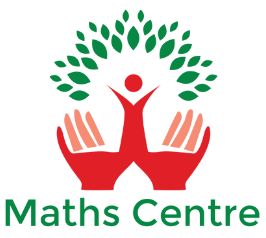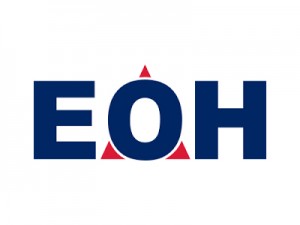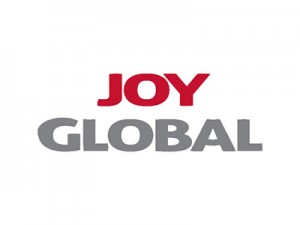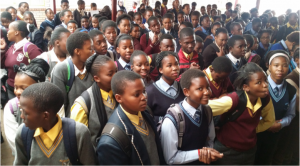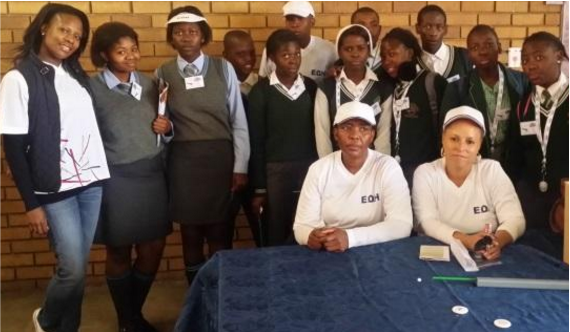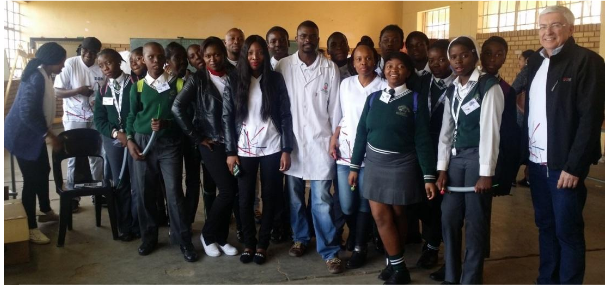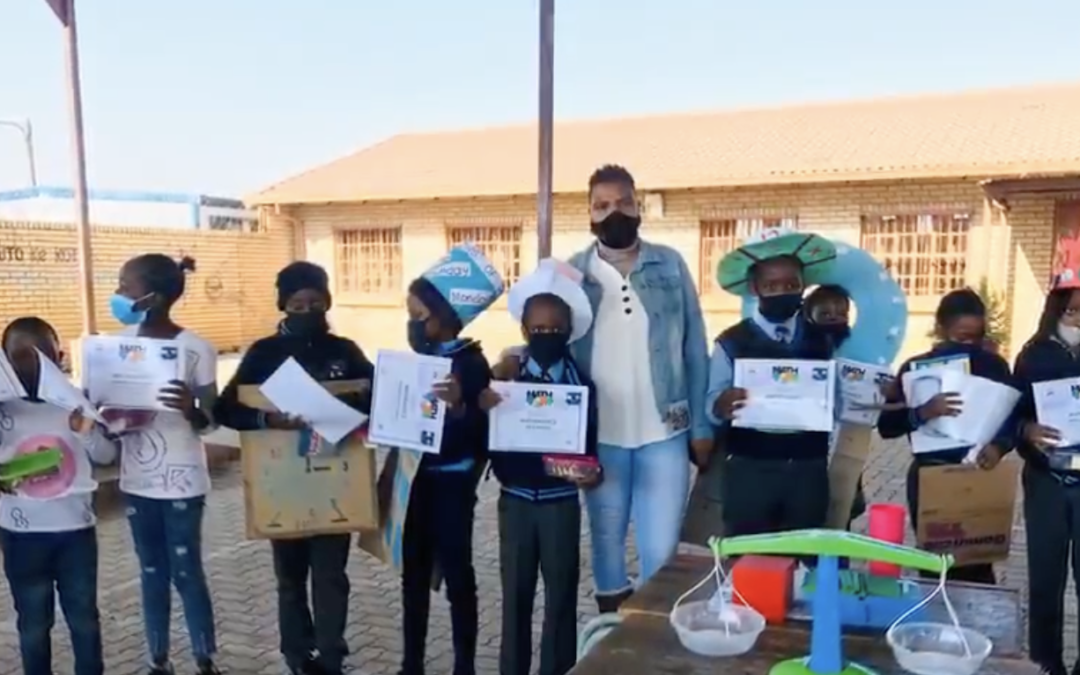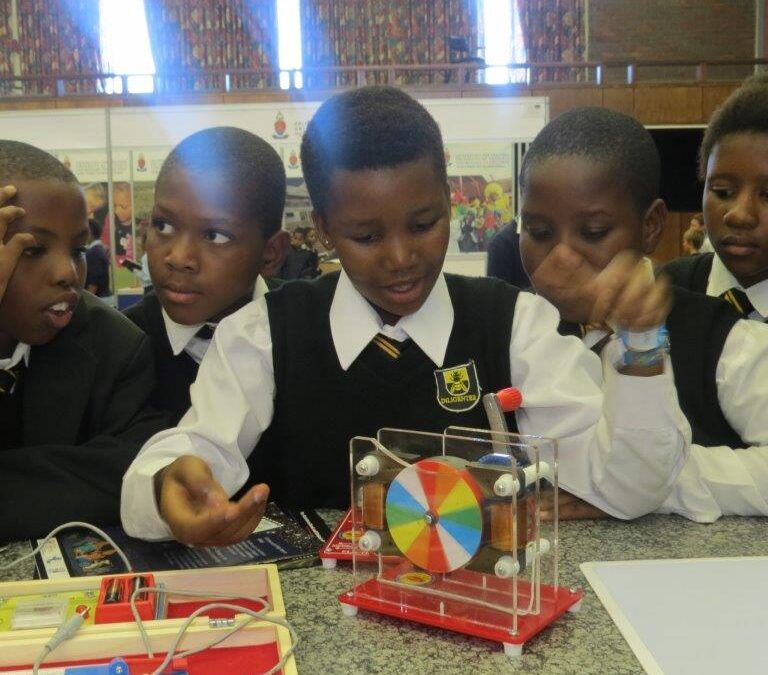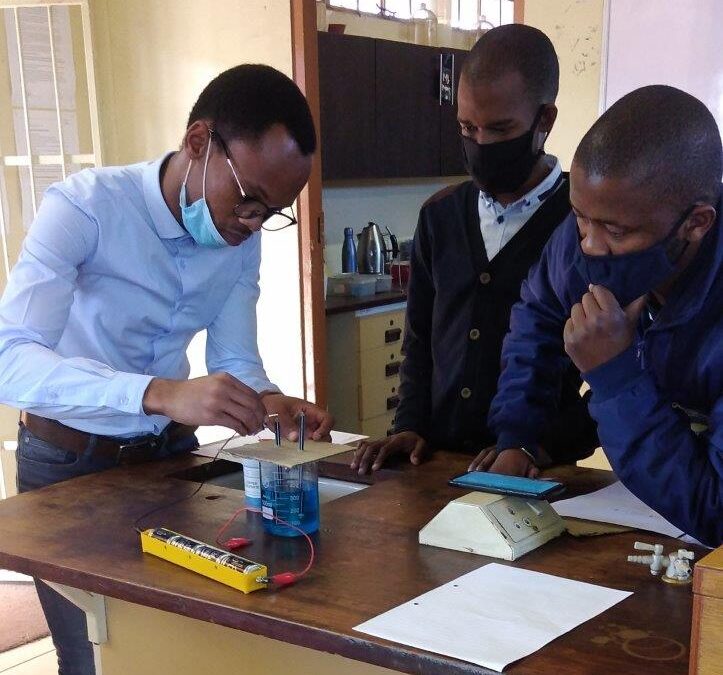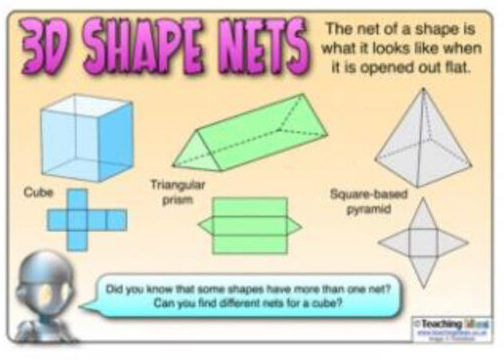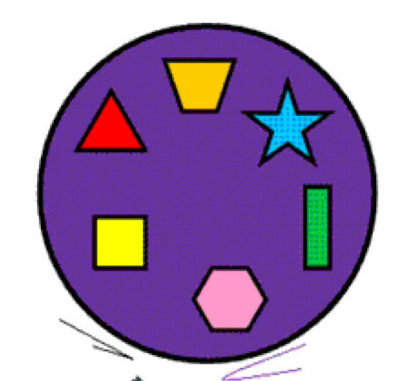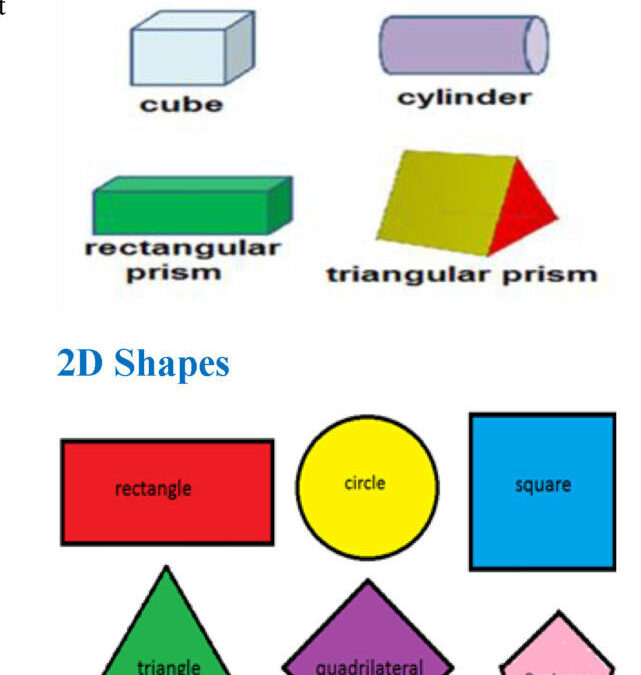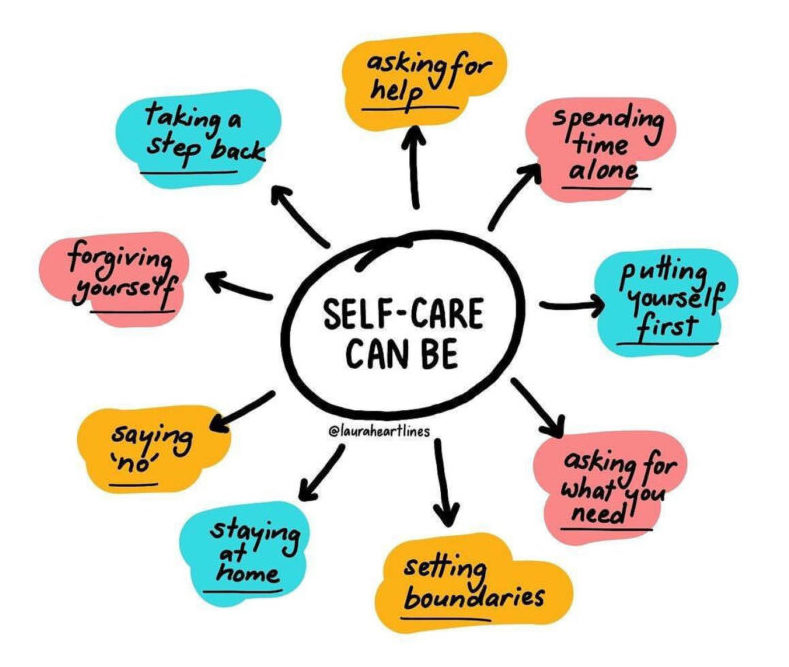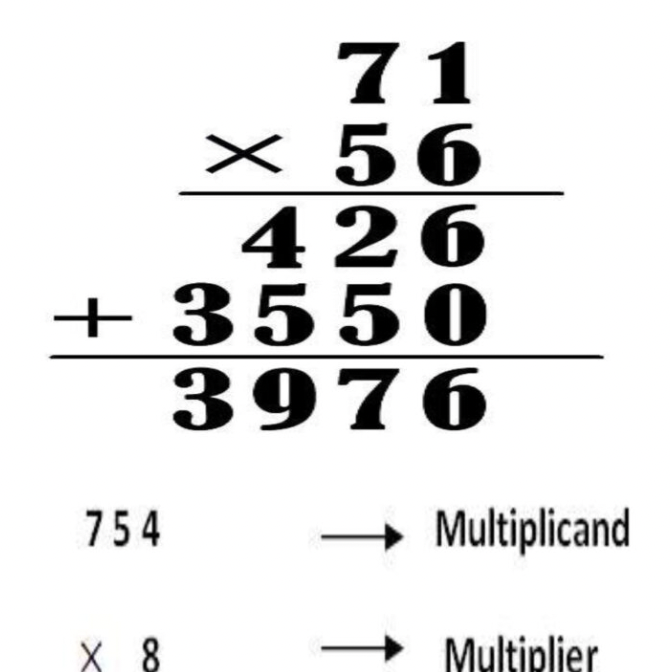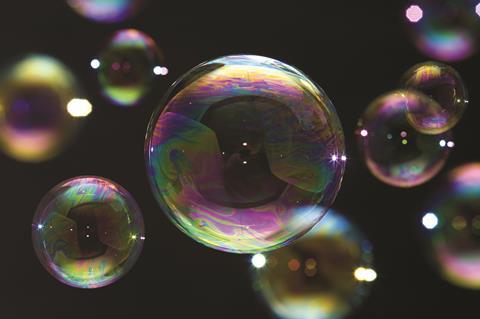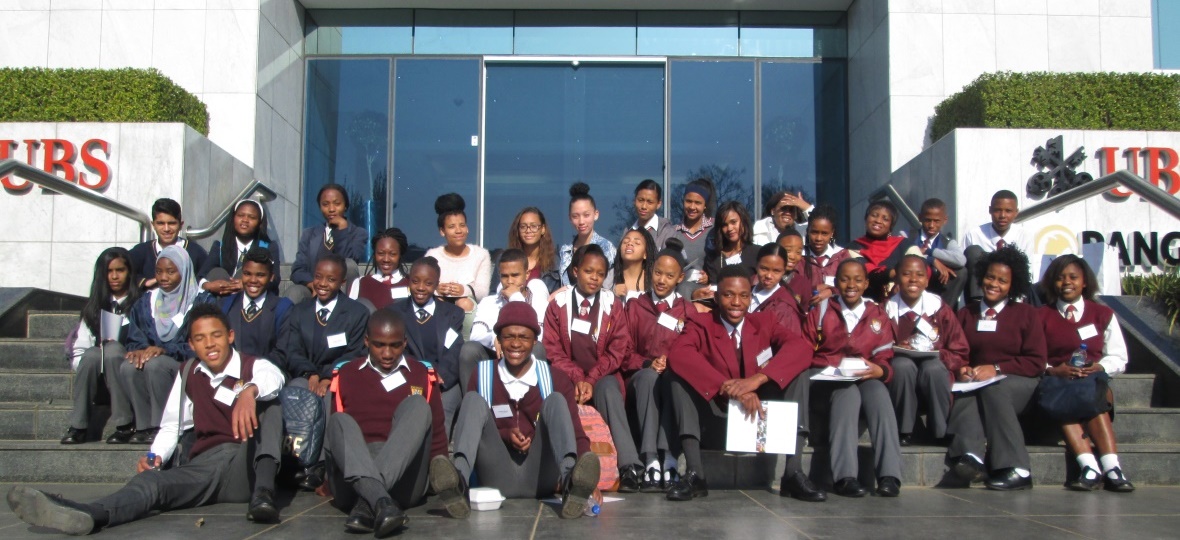Introduction
Maps and Mirrors is an advocacy campaign aimed at creating awareness for learners to understand how industry, business and schools are linked to shape their future. Learners begin to understand how to create a vision for their own lives, chart a journey to MAP that vision and reflect (MIRROR) regularly if they are on the right journey being supported by the right people in an empowering manner.
Learners are given a chance to interact with experts from different fields of the industry and with former learners studying different degrees. Exhibitions, motivational talks, videos, interaction with engineers and other professions allow the learners to take a deeper look at themselves – their strengths, abilities and interests and then use these as a basis to create a career path for their lives. Maps and Mirrors helps learners gather information that helps grade 9 learners to choose relevant subjects at grade 10.
About 240 grade 8 and 9 learners from the 10 EOH and and 4 Joy Global schools took part in the event which took place at Mpontsheng Secondary School on the 21 st of May 2016. During assembly, learners were motivated and given information relevant for different career fields by guests from different engineering related fields and Ekurhuleni Artisans and Skills Training Centre. The learners were then divided into groups according to their schools and took turns to visit the different stalls that were present. MST connections were advocated through simulations and real life applications in the world of work.

Here is a part of the delegation that graced the Maps and Mirrors event.
After the principal’s welcome speech, he introduced his SGB members who represented the parents on the day in question. The DoE was also present for the Maps and Mirrors. All representatives of the companies present were given the opportunity to talk to learners and motivate them into being what they want best. Thereafter everybody headed to the stalls, which made the greater part of the day.
EOH Stalls
EOH had 10 stalls from their different subsidiary companies. They ranged from engineering, ICT and technology to security. Below are pictures and narratives from the various stalls.

LHS: A surveying student explains how to view and calculate the distance underground using a Dumpy Level machine. RHS: Learners were taken through communication using fibre optics technology. The concepts of mathematics (trigonometry) and physical science (total internal reflection) were explained by the experts.

Doing what they know best, professionals from EOH business units are explaining and stressing important points to learners in their respective industrial fields. Learners are listening attentively.
Joy Global Stall
Joy Global engineers took learners through the applications of Maths, Science and Technology during the manufacture of mining equipment. They also showed them a model and simulation of the 2016 project- Front End Loader.

Engineers from Joy Global are demonstrating how the Front End Loader works. They also took much of their time explaining the designs involved. On The far right is the model of the Front end loader.
Ekurhuleni Artisans & Skills Training Centre Stall
All artisanal trades were thoroughly explained by experts from the Ekurhuleni Artisans and Skills Centre. Information on entryrequirements and costs were highlighted. In the middle picture and the one far right, the interpreter from Ekurhuleni School for the Deaf making sure that her learners got the best from the event.

The Maths Centre Stalls
Learners tested their knowledge about apparatus used in performing practicals. This was concluded with some demonstrations using material found in their homes. The experienced how to make a fire using glycerin and potassium permanganate as well as the application of density in separating peanuts and resins. Learners were also exposed to some of the most common chemicals that are found in school laboratories. Special emphasis was on the importance of observing safety precautions when handling with chemicals.

MST activities and connections were highlighted to learners through demonstrations and experiments conducted. All these were linked to the subjects they are doing in class in order for them to see the significance of Maths, Science and Technology.
Conclusion
After going through the stalls from different organizations, learners were more informed and motivated to stay and complete school. Most learners were confident that they managed to gather information required in order to select and pursue their preferred careers. Besides the MST activities that are conducted during the afternoon clinics they had an opportunity of having real life experiences of different industries and how Maths, Science and Technology are inseparable. The linkages between Maths, Science and Technology were used to help learners understand need to stay at school and take Pure Maths and Physical Science as subjects.
Maps and Mirrors In Pictures
